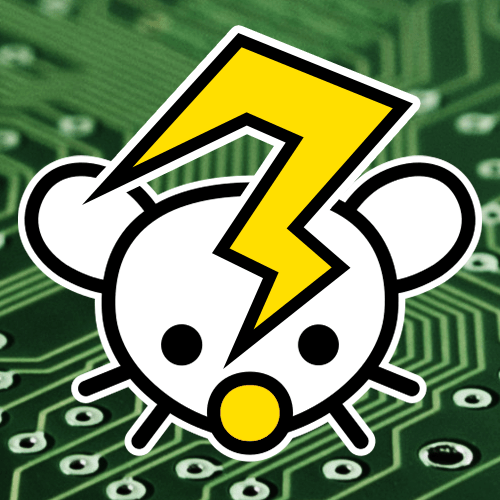I’m an EE by trade focusing on embedded devices, but most of my work is in relatively low-power STM32 applications. When I stopped following developments in hobby kits, it was mostly Arduino Unos slowly driving I2C OLED displays.
Now suddenly, there are embedded Raspberry Pis and ESP32s doing realtime facial recognition and video feeds.
Is there a good place to look to catch up on what’s now possible with these embedded devices?
Also, while I enjoy the ease of the hobby kits, I’m also interested in more mass-production-focused solutions.


Removed by mod
Fair enough about the providing instruction part. And yes, it can be hard to install manually since PIO IDE extensions have installation check after the plugin is installed, but the PIO core itself is just a python script. You can pip install it or download the .tar.gz from pypi.
Edit: Sorry, somehow my long ass comment got trimmed to the single paragraph above. Anyway, the thing about dependency required comes from the fact that PIO will download the required tooling when it needs them. Say, you want to develop for STM32 ARM MCU, then PIO need to download the compiler, uploader, and debugger. After that, if you define that you want to use a framework, PIO will need to download that too. Can you install it manually? Absolutely. But as you said, there is no instruction on how to do it since there are literally hundreds of possible configurations. Doing it manually defeats the purpose of PIO in the first place. And what kind of always online feature are you talking about? I never encountered such a thing in my 3 years experience on PIO.
Removed by mod
Fair enough. I guess it can be implemented someday if enough people ask for it since the back end is there (PIO core). The only thing left I guess is making the repo have offline capabilities so people can mirror it too. But I think it should be left as a separate project.